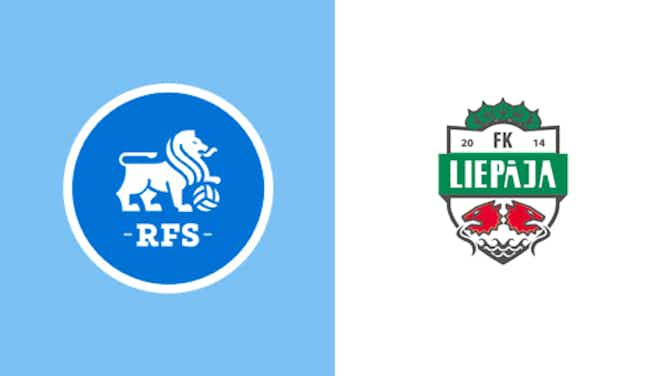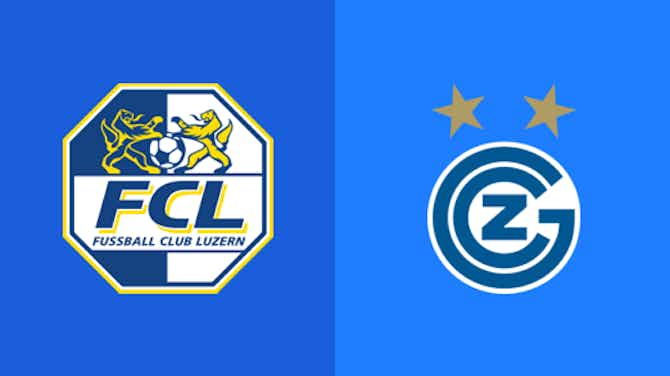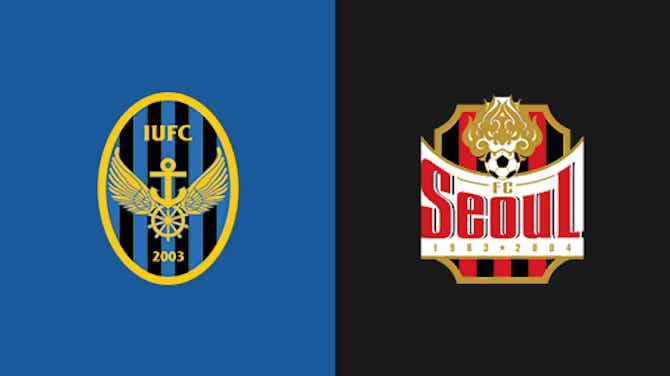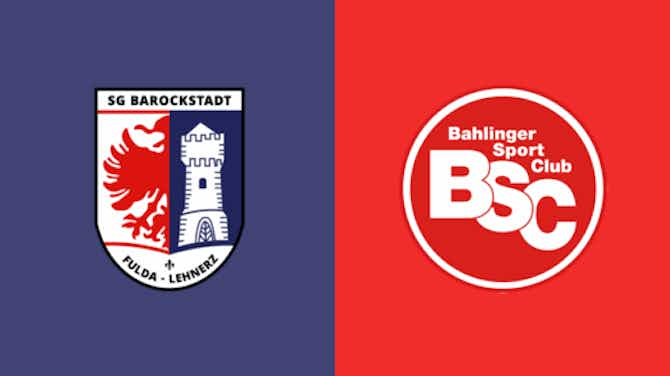SempreMilan
·27 April 2024
GdS: False nine, flying full-backs and the ‘pivote’ – Lopetegui’s tactical identity explained
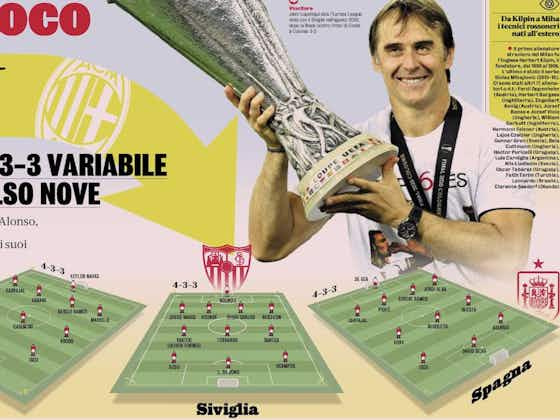
SempreMilan
·27 April 2024

It is looking increasingly likely that Julen Lopetegui will become the new head coach of AC Milan, a report claims, and his tactical evolution is one of the factors that has convinced the club.
This morning’s edition of La Gazzetta dello Sport claims that Lopetegui is now the big favourite to replace Stefano Pioli and that Gerry Cardinale has even approved his potential appointment, but how do his teams play?
Lopetegui uses variations on the theme of 4-3-3 and comes from the Basque school that has been doing very well in recent years looking at Xabi Alonso, Arteta, Emery, Iraola, Imanol Alguacil and so on. Lopetegui has suffered ups and downs, things have gone very well and quite badly for him, but no one can accuse him of tactical negligence, or of not understanding football.
On the contrary, he was able to get his teams out of very complicated situations. Three examples above all: Spain after Del Bosque, Sevilla after Emery and Wolverhampton who had sunk into the relegation zone.
He has always set about his tasks based on footballing principles, bringing out the best in players who worked much less elsewhere. The most striking example? Isco.
In 2012 and 2013 he won first the U19 European Championship and then the U21 European Championship, the second in the final against Italy.
It was a 4-2 victory, with the following line-up: De Gea; Montoya, Bartra, Iñigo Martinez, Alberto Moreno; Thiago Alcantara, Illarramendi, Koke; Tello, Morata, Isco.
As you can see, there are many players who have since gone on to have excellent careers. Even though it was early in his career, is an excellent example of Lopetegui’s football thinking.
We can immediately introduce one of the main tactical characteristics of the Basque coach: the ability to play with or without a pure centre-forward. There was Morata, at Sevilla there was the Dutch great Luuk De Jong (or the Moroccan En-Nesyri), at Porto Jackson Martinez or Aboubakar.
However, with Spain Isco, David Silva and Asensio alternated in the position of false nine, while in Madrid there was Benzema, who is a separate case entirely given he is one of the best strikers of all time.
Lopetegui always adapted to what was available to him. With Spain without a great striker of reference, they reached 20 games without defeat, including 16 victories. Isco in the Bernabeu’s 3-0 defeat of Ventura’s Italy seemed messianic.
At Sevilla, Lopetegui was chosen by Monchi to regenerate a depressed club and to give shape to a team revolutionised by the arrival of 15 new players. Julen rolled up his sleeves and in a few months led the Andalusians to victory in the Europa League in the final against Inter.
More Stories / The Match
The second very recognisable characteristic of Lopetegui’s style is the full-backs which push forward, and in a four-man defence this involves greater risks and requires application from all players.
Martin Montoya (who had a brief spell at Inter) and Alberto Moreno were two great promises who made less progress than expected, but in the national team they were two greats.
The likes of Carvajal and Jordi Alba, Marcelo and Jesus Navas, Danilo and Alex Sandro plus Reguilon deserve a mention too. Some of them played their best football under Lopetegui.
A direct consequence of the full-backs pushing up is that a defensive pivot who is able to cover a large portion of the pitch is needed, ideally one who is very intelligent tactically and with great vision of the game.
Lopetegui was the first to fully appreciate Casemiro’s enormous talents when he had him on loan from Madrid at Porto. In the U21 team there was Illarramendi, for whom Madrid paid €40m, initially preferring him to Casemiro. And then obviously Busquets in the national team, or Fernando in Sevilla.
The ‘pivote’ drops between the centre-backs to start the build-up, and jumps to pressing in the event of a loss of possession. If the full-backs push, the wingers move centrally, both in the possession phase and when they have to defend.
This leads to strong and immediate pressure in case of loss of the ball, and to a fluid and rapid circulation of the ball in attack, which is why playing without a pure striker can work.







